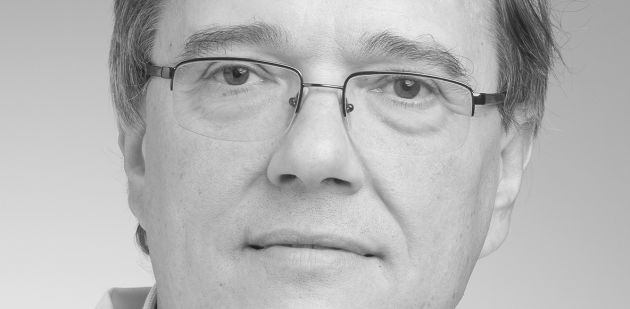Jean-Daniel Tissot, Dean of the Faculty of Biology and Medicine at the University of Lausanne

The shortage of doctors is more than ever a pressing issue. The Swiss Federal Council wants to pour 100 million Swiss francs into boosting capacity at undergraduate medical schools. This cash injection is attracting takers, as the Swiss Federal Institute of Technology in Zurich (EPFZ) is now preparing its own Bachelor’s degree in medicine.
Parliamentary pressure, the frenzy resulting from these announcements and our own concerns have forced us to act. But they also create a smoke screen, masking the fundamental problem that is our relatively poor knowledge of medical demographics. We hear as much about the shortage of doctors as its antithesis, the surplus of specialists. The Swiss Academy of Medical Sciences estimates that 20% of doctors change jobs ten years after finishing school. This figure reflects the fact that more women are joining the medical profession, and how poorly our structures have adapted to this shift. So the issue is not about training.
We realise that over-specialisation in medicine and the development of the biomedical industry are making it harder to define what a “doctor” is. These days we have general practitioners, specialists and medical researchers. The medical field has never been so multi-faceted.
But we need to understand what’s really happening, restructure contradictory messages and prioritise opposing interests to bring an appropriate response. Otherwise emergency measures will be taken that are disconnected from reality.
And the role of a Faculty of Biology and Medicine is to bring order to this chaos. We should lift the “fog of war” that reigns in the medical profession. To do that, we want to set up a group of doctors and follow their career path from the first year of medical school. The Faculty of Biology and Medicine has the complex mission of guaranteeing basic medical training focused on clinical aspects, while training new categories of doctors, such as laboratory pathologists and medical engineers. We also face the challenge of communication. Our objective is to bring about a shift in the professions and not just create elitist crossovers between medicine and other fields. And most importantly, we must encourage doctors once they have their degree and support them to prevent disillusionment and the demographic haemorrhage. ⁄